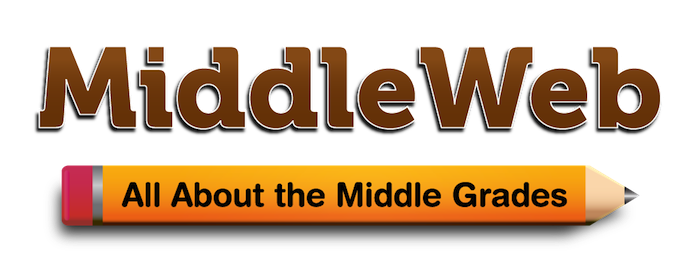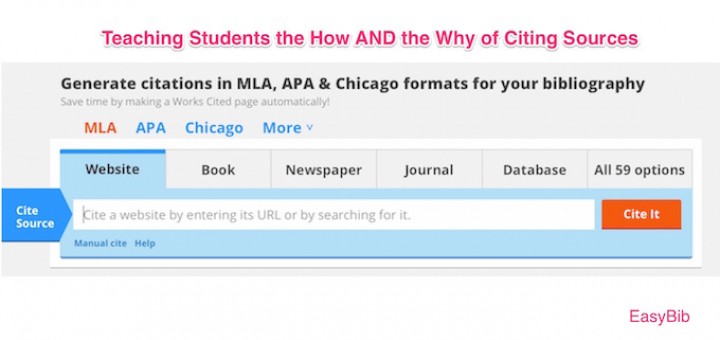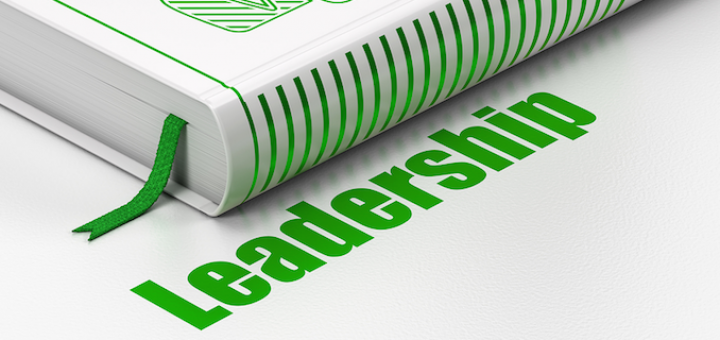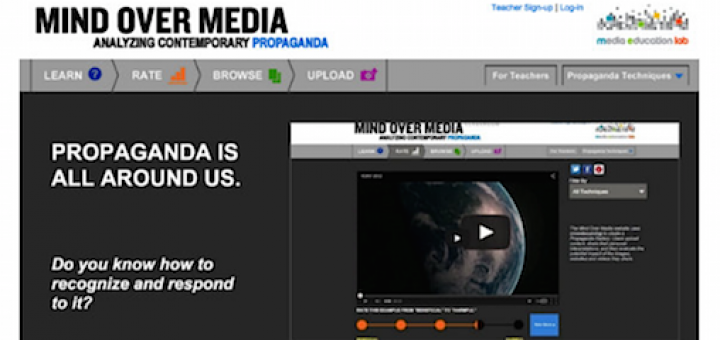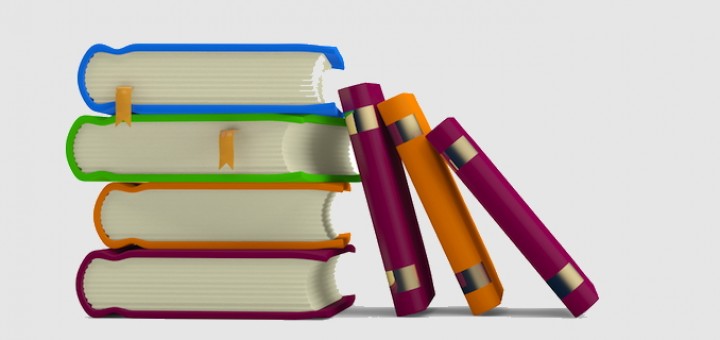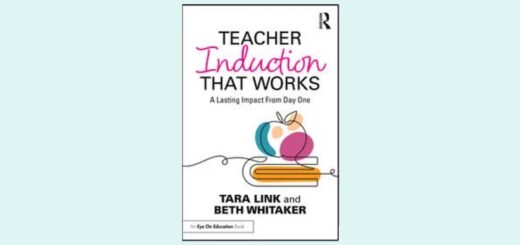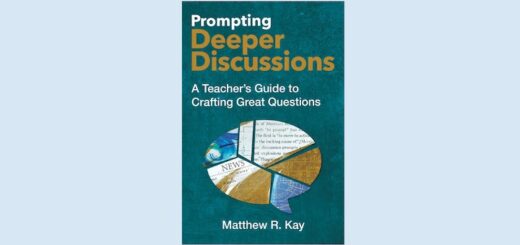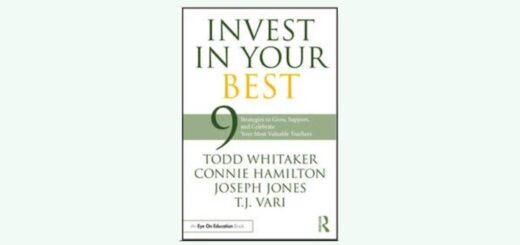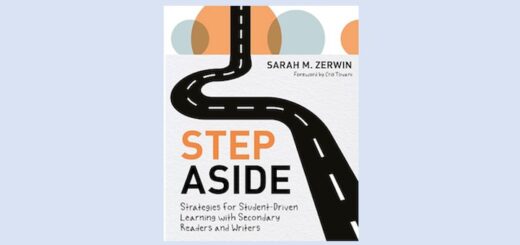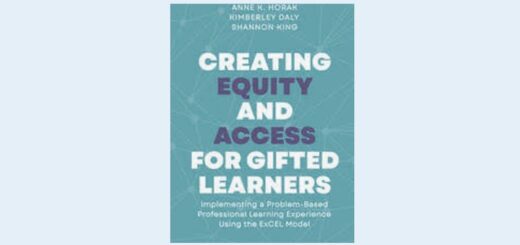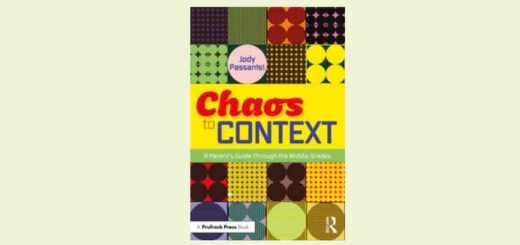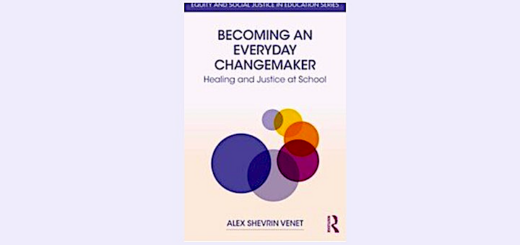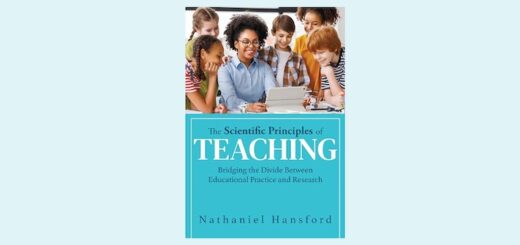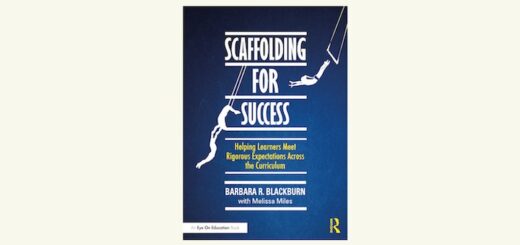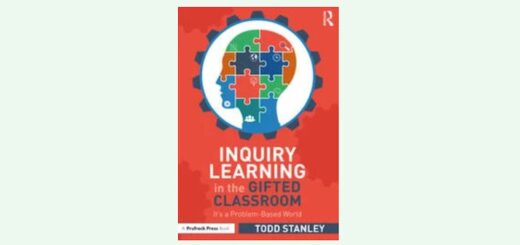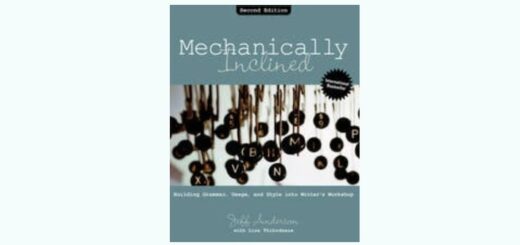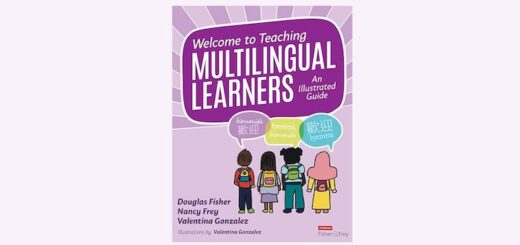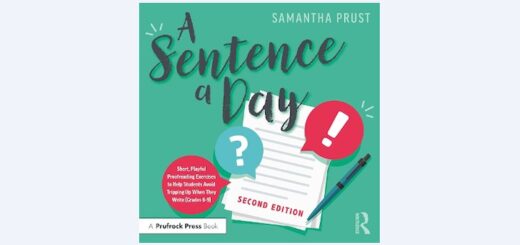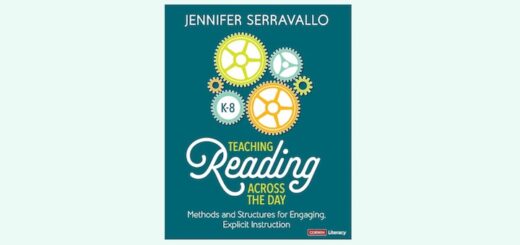Teaching and learning in grades 4-8
In earlier years Jody Passanisi provided sources to her 8th grade history students. More recently, as they look to the Internet for information, she finds they need to understand not only how to cite sources they uncover but also why they need to credit ideas.
Lori G. Wilfong’s Do This–Not That take on nonfiction can guide teachers as they enhance their repertoire of strategies to help students think deeply and synthesize what they are reading. The activities and action steps make this book a keeper, says Linda Biondi.
Dionne V. McLaughlin’s process of continually directing the reader through the decision making process with guidance from 21 expert principals is what makes this book a useful tool for any novice or aspiring principal, says assistant principal Bret Olson.
Pauline Gibbons discusses ELL issues in each of the four essential areas of speaking, listening, reading and writing in separate chapters, weaving implications from relevant research about second language learning throughout, says reviewer Glenda Moyer.
Ready to power up your STEM instruction? STEM by Design blogger Anne Jolly will get you up to date with a collection of her posts on NGSS, Career and Tech Ed, math in STEM, and assessment insights. Joining her are veteran educators Marsha Ratzel and Susan Pruet.
Communication is the oxygen in the room when we want any relationship to work. But communication and co-teaching can be a tricky business. Elizabeth Stein looks at surefire ways to make your co-communications work as you speak up for all the students.
School and student data can be confusing and challenging to collect and use effectively. Ronald Williamson and Barbara Blackburn offer a four-step process to help educators and administrators collect and analyze data and support better teaching and student learning.
Most educators who teach propaganda use examples from the World Wars, says media literacy expert Frank Baker. “But propaganda is happening today—all around us.” Baker introduces a new resource that can help teachers and students exert their “minds over media.”
Steven W. Anderson’s brief book is filled with resources and links to help teachers and students find, evaluate, save and share valuable materials amid all the options. He details the use of Evernote, Diigo, and Pocket, says reviewer Laura Von Staden.
Emphasizing that the most productive form of formative assessment is self-assessment by students and teachers, the authors apply these research-based ideas to the cultural change required to improve instruction at a school level, says administrator Brian Taylor.
